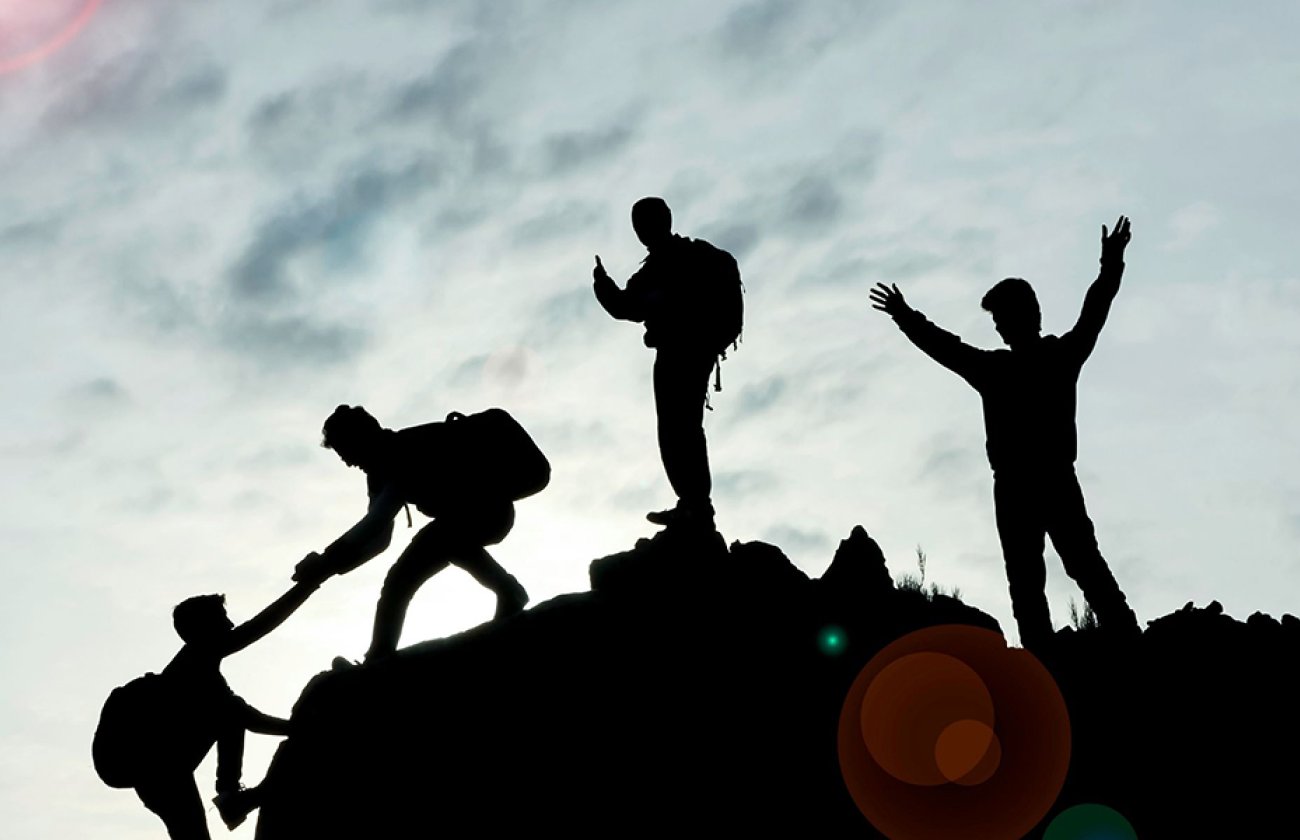I remember when “me too” was just an answer to an unremarkable question.
I might ask a colleague “Are you a fan of wine or beer?”
“Beer,” he might reply. “Yeah, me too.”
Then in late 2017, those two words — me too — changed everything. #MeToo became the cultural movement that linked just about every woman in the world together as a target of sexism or sexual harassment in their personal and/or professional lives. Women found strength in numbers and finally let their collective voice be heard. At the same time, some truly monstrous and criminal behavior by some of the world’s best known male executives was outed for all the world to see. Humankind could no longer bury their heads in the sand.
What came next? #TimesUp on gender inequality. Women and men began to agree that a lack of women in leadership roles wasn’t just a woman’s problem or gender flaw — no women actually ever believed this, by the way. A habitual culture of toxic masculinity had gone unchecked. And with compelling evidence that more female leadership at companies makes a positive impact on revenue margin (such as a recent study from the Peterson Institute of International Economics), there are no more excuses.
The marketing industry has been no exception. According to a PRWeek survey, we have a majority of females working in public relations (63%), yet only 13% are board directors or top leaders. If you look closely at creative departments within agencies, it’s worse. Just 11% of creative directors are female, meaning 89% of agency ideas are likely missing a female point of view. This is simply tone-deaf. And we cannot do business successfully if we’re tone-deaf.
So what does that mean for 2019? This will be the year to show we have her back.
I’m biased of course, because Golin created the #haveherback campaign to challenge our industry to propel all female creative’s careers forward. Since launch in March 2018, we moved our senior creative leadership from 20 percent female to 45 percent — and we aren’t done yet. Even better news? We aren’t alone. Agencies all around are beginning to take actions that will change the culture from one of entitlement to one of shared empowerment.
Here are some ideas happening already:
- Hire creative freelance talent as full- time staff
- Train men and women on how to handle unwanted (but still too common) #MeToo scenarios
- Host “Manbassador” workshops for male leaders
- Close the gender pay gap
- Fund travel buddies for safe staff/ client travel
- Sponsor rising female and male leaders
Agencies aren’t just taking these steps to be better corporate citizens. Clients are starting to demand diversity from their partners. For example, HP’s top five roster of agencies reported a 20 point increase in women working on HP account teams and HP also reports an increase in business impact since this approach began. As more clients demand diverse points of view, more and more agencies will have to be ahead of the curve.
With different perspectives — whether that be within agency leadership, creative departments or client teams — communications will be better and relevant. And finally reflective of the public that is both diverse and yes, majority female.
I know I look forward to conversations years from now, when gender equality is not an uncomfortable topic but a comfortable reality in our industry. And when I ask a colleague “Do you have her back?” and he says “Yes,” I will respond with a knowing smile when I say, “Me too.”
To download a full copy of the 2019 Relevance Report, click here.









